
The world of sports thrives on competition, strategy, and, fundamentally, a set of rules designed to ensure fair play and define the boundaries of achievement. But what happens when an athlete, through sheer ingenuity, audacious defiance, or simply by pushing the envelope, finds a way to bend, break, or sidestep these established norms? Sometimes, these moments are met with immediate penalty, swift justice delivered by officials and governing bodies. Yet, in the annals of athletic history, there exist fascinating instances where an athlete’s actions, initially controversial or even overtly against the spirit of the game, were either unpunished, lightly reprimanded, or so groundbreaking that they actually necessitated a fundamental rewriting of the rulebook itself.
These aren’t always tales of outright cheating in the most malicious sense. Often, they are stories of players who, in their relentless pursuit of victory or a unique edge, stumbled upon a gray area, an oversight, or an unexpected application of their physical or mental prowess that the rulemakers simply hadn’t anticipated. Their actions, whether deemed unsportsmanlike at the time or simply an exploitation of a loophole, sparked debates, inflamed rivalries, and ultimately reshaped the very fabric of their respective sports. These individuals became catalysts for change, forcing leagues and associations to adapt, tighten regulations, and close loopholes that once offered a path to unconventional glory.
Today, we embark on an in-depth exploration of some of these most captivating cases. We’ll delve into the specific moments and methods employed by athletes who, for various reasons, managed to “get away with it” in the immediate aftermath of their controversial actions, only to leave a lasting legacy that forever altered how their games are played and officiated. From Formula One circuits to basketball courts, these are the tales of unpunished genius, the rule-breakers who, for a fleeting moment or an entire career, operated beyond the reach of conventional justice, cementing their place in sports folklore.

1. **Charles Leclerc (F1 – The Unsanctioned Overtake)**:
The 2025 Formula One season introduced stringent FIA Driving Standards Guidelines (DSG) to codify overtaking, aiming for consistency but sometimes leading to perceived injustices. At the Dutch Grand Prix, Charles Leclerc’s thrilling battle with George Russell for P5 became a focal point. Leclerc executed an aggressive dive, with cars banging wheels, pushing the limits of adhesion. This “good, old-school, and wise racing” thrilled fans, embodying the very essence of F1.
However, under the new DSG, Leclerc’s actions appeared to breach guidelines. He seemed to briefly leave the track, and his front axle didn’t fully meet the DSG requirement for positioning. By the letter of the new law, this should have warranted a penalty, aligning with stricter enforcement seen elsewhere. Yet, in a baffling turn, Leclerc was not sanctioned.
The reason given was that evidence on his track departure was inconclusive. This outcome, while preserving a thrilling moment, highlighted the “inconsistency many want to eliminate” from F1 stewarding. It showed how human interpretation can still lead to “right outcomes” for the spectacle, but at the cost of absolute, black-and-white consistency. Leclerc, in this instance, effectively broke the stricter interpretation of the rules but emerged unpenalized, creating a precedent of selective enforcement that fuels ongoing debate.
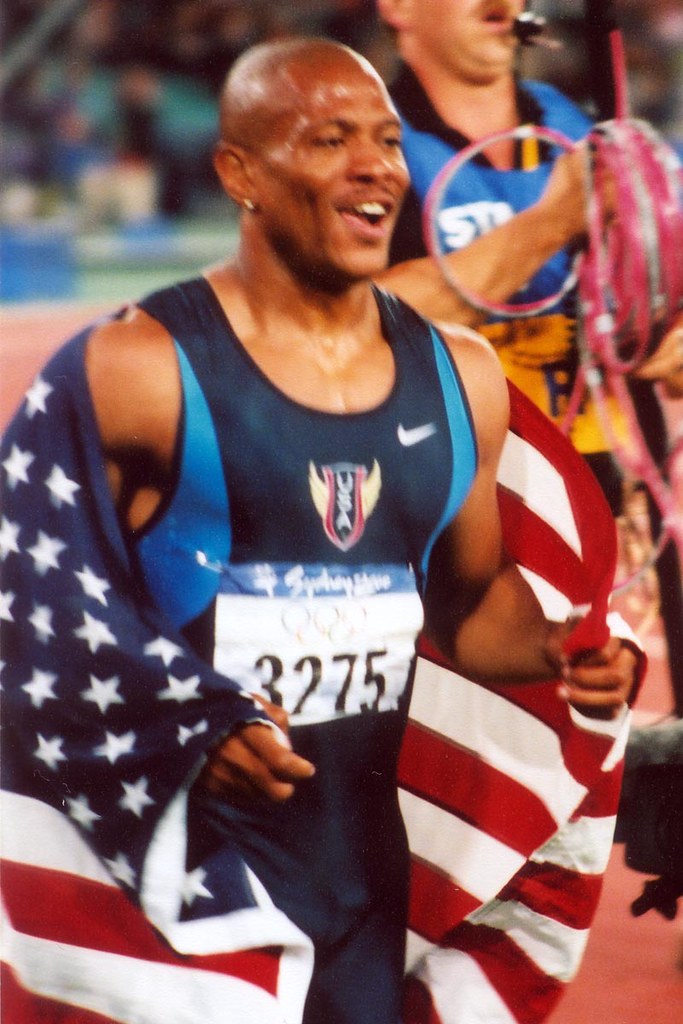
2. **Maurice Greene (Track & Field – The Fire Extinguisher Celebration)**:
Track and field celebrations are often raw emotional releases, but some push boundaries. American sprint icon Maurice Greene famously introduced a flamboyant celebration that, for him, went unpunished. This display later inspired a young athlete with drastically different results, highlighting evolving interpretations of sportsmanship.
In 2004, at the Home Depot Invitational, Greene won the 100-meter dash. With characteristic swagger, he grabbed a fire extinguisher and dramatically sprayed his spikes. This bold, visually striking act, a declaration of speed so intense it required extinguishing, drew attention but resulted in no penalty or disqualification. Greene freely celebrated, his unique display becoming part of his larger-than-life persona.
Years later, in 2025, 16-year-old sprinter Clara Adams replicated Greene’s move at the CIF State Championships after winning the 400-meter event. She sprayed her spikes, paying homage to her hero. The crowd “went crazy,” but CIF officials “didn’t take too kindly” to the act.
Despite Adams being away from other participants and the act seemingly not interfering with anyone, officials deemed it unsportsmanlike, leading to her immediate disqualification, stripping her state title, and banning her from the 200-meter race. The stark contrast between Greene’s unpunished act and Adams’s severe penalty underscores how rule interpretations can shift. Maurice Greene, the original innovator, unequivocally “got away with it.”
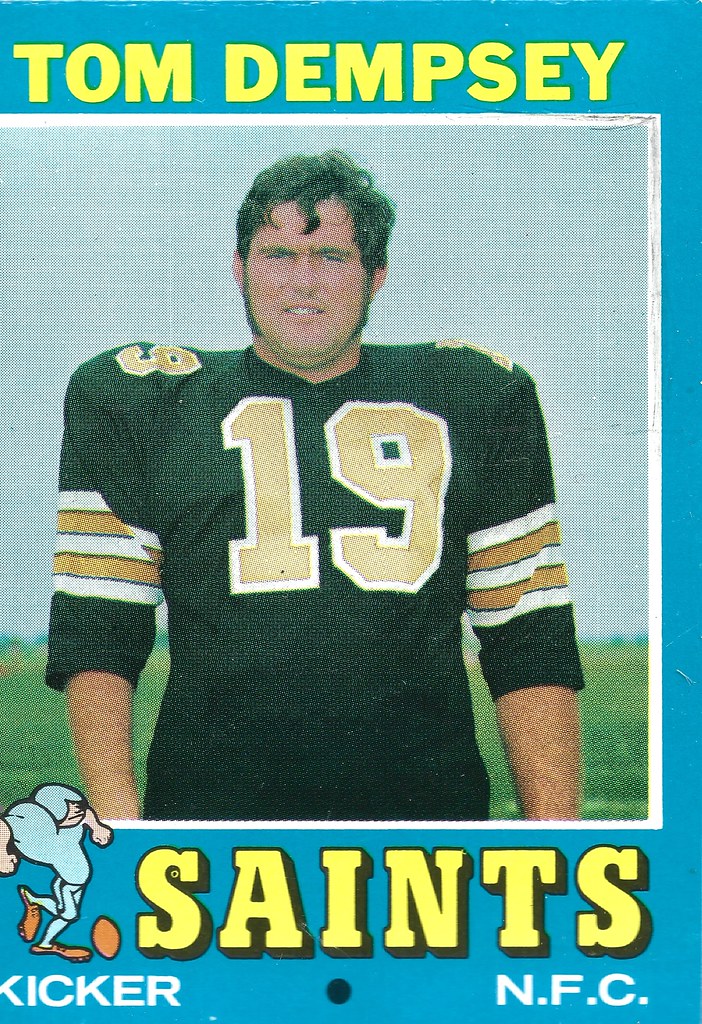
3. **Tom Dempsey (NFL – The Prosthetic Kicking Shoe)**:
The NFL consistently tweaks rules for fair competition and player safety. Sometimes, an athlete’s unique physical characteristics or inventive solutions force rulemakers to adapt. Tom Dempsey, a legendary New Orleans Saints kicker, not only made history with a record-breaking kick but also inspired a rule change concerning unconventional equipment.
In 1970, Dempsey, born without toes on his right foot and without a right hand, achieved an astonishing feat: a 63-yard field goal. This record stood for 43 years, a testament to his skill and his customized kicking shoe. This special shoe, designed for his unique foot structure, featured a flattened and enlarged surface area at the point of contact.
While Dempsey argued his shoe offered no unfair advantage, the NFL’s governing body saw potential for exploitation. They feared that an unnaturally large or flat kicking surface could fundamentally alter game dynamics, giving an undue edge. Equipment should aid performance, not create an artificial mechanical advantage.
The NFL swiftly implemented the “Dempsey Rule,” mandating that “any future kicker like Dempsey would have to have their shoe modeled with a round toe.” This effectively outlawed customized shoes with altered striking surfaces. Dempsey’s record-setting kick, initially unpenalized and successful, directly led to a clarification and restriction in equipment regulations, ensuring future players couldn’t replicate his unique advantage.

4. **Trent Tucker (NBA – The 0.1-Second Shot)**:
The final seconds of an NBA game are often a crucible of drama, with last-second shots deciding fates. Before precise digital timers and instant replay, determining if a shot beat the buzzer was a split-second judgment. One such moment involving Trent Tucker fundamentally changed the NBA’s timing rules, addressing a perceived impossibility.
In a 1990 game, Tucker’s New York Knicks faced the Chicago Bulls with a mere 0.1 seconds left. Tucker received an inbound pass, turned, and launched a three-pointer that swished through the net as the buzzer sounded, winning the game for the Knicks. This dramatic finish thrilled fans, but immediately sparked intense debate: could a player realistically catch, turn, and shoot in just one-tenth of a second?
Analysis suggested executing a traditional shooting motion in such a minuscule timeframe was virtually impossible. While Tucker undeniably “got away with” the shot and secured victory, the perceived impossibility highlighted a significant loophole in how game time was interpreted, particularly for rapid actions.
The NBA responded swiftly. To prevent similar “miracle” shots, the league clarified its rules. It declared that for a player to score anything other than a tip-in (which requires less processing time), a minimum of 0.3 seconds must be on the clock. This “Trent Tucker Rule” became a permanent fixture, ensuring that while last-second heroics continue, the physics of shooting are always respected within the official game clock.
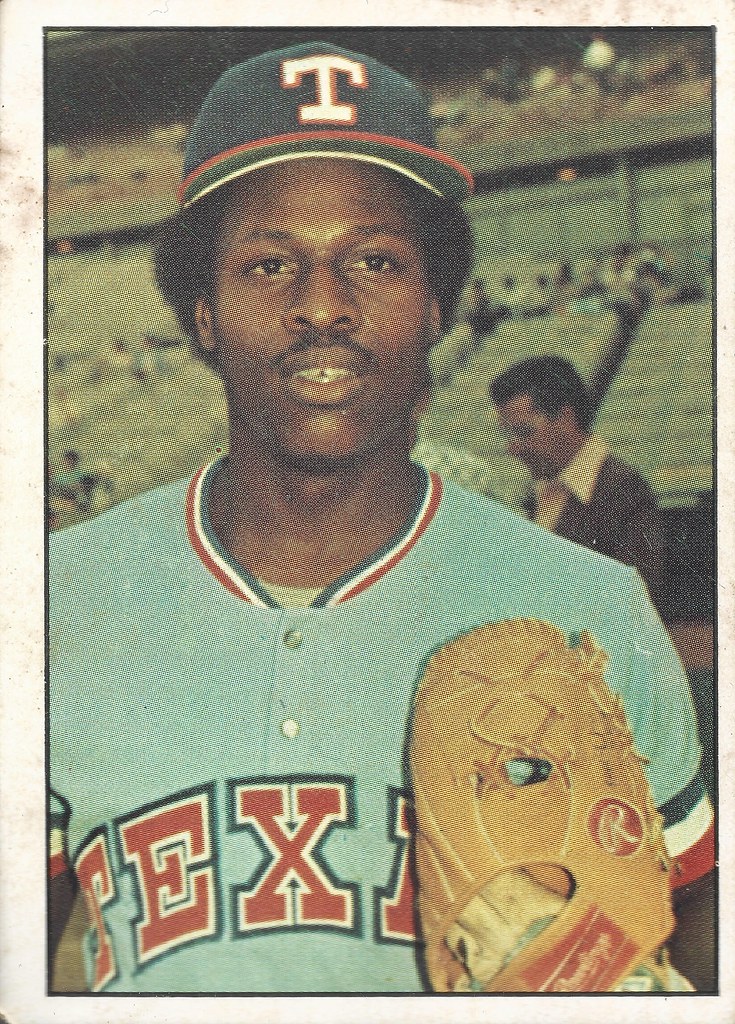
5. **Lenny Randle (MLB – Blowing the Ball Foul)**:
Baseball, with its rich tradition and intricate rules, occasionally sees players employ strategies bordering on the absurd to gain an advantage. These aren’t always about hitting or pitching; sometimes, a player’s desperation or sheer ingenuity leads to actions entirely outside the conventional playbook. Such was the case with former Seattle Mariner Lenny Randle, whose bizarre act compelled Major League Baseball to address an unimaginable scenario.
During a 1981 game, a batted ball rolled precariously down the third baseline, hovering between fair and foul territory. Typically, an infielder hopes the ball rolls foul on its own, nullifying the play. Randle, however, took a decidedly unique approach. He got down on his hands and knees and, to everyone’s astonishment, actively attempted to *blow* the ball foul.
This strange spectacle, though ultimately unsuccessful, immediately raised questions about the spirit of the game. Was it technically illegal to use one’s breath to alter a ball’s path? The rulebook didn’t explicitly cover such an outlandish action. Randle, exploiting a void, performed an unsportsmanlike act to subvert the natural course of play, for which no pre-existing penalty existed. He truly “got away with” an unprecedented action.
Major League Baseball, recognizing the potential for similar disruptive acts, quickly closed this loophole. The league implemented a new rule: a player could not change the path of a ball they were not actually touching. This “Lenny Randle Rule” ensured no future infielder could use respiratory tactics to influence a play, preserving the integrity of batted balls. Randle’s peculiar stunt, a minor footnote in his career, served as a quirky reminder that unique acts can expose gaps in comprehensive rulebooks.

6. **Sean Avery (NHL – The “Avery Rule”)**:
Ice hockey, known for its intensity and physicality, often features unconventional tactics. Among the most controversial figures to ever play, Sean Avery built a career not just on skill, but on an unparalleled ability to agitate opponents. His relentless pursuit of psychological advantage, especially one incident during the 2008 playoffs, led to an immediate and permanent rule change that now bears his name.
Avery, notorious for his chirping and theatrical antics, devised a new way to disrupt an opponent during a playoff series against the New Jersey Devils. His target: legendary goalie Martin Brodeur. During a power play, Avery positioned himself directly in front of Brodeur, a legal screening tactic. However, Avery took it to an unprecedented level.
For his entire shift, Avery stood facing Brodeur, not the puck, and wildly waved his stick in front of the goalie’s face. His sole aim was to obstruct Brodeur’s vision and break his concentration. This audacious move crossed a line from screening into blatant unsportsmanlike conduct, designed purely to interfere with the opposition without playing the puck. Avery “got away with” the tactic in that moment as it wasn’t explicitly forbidden, but the outrage and disruption were immediate and profound.
The NHL’s response was swift and decisive. Recognizing Avery’s antics as a direct assault on the game’s integrity and competitive balance, the league immediately implemented “The Avery Rule.” This regulation banned the practice of standing directly in front of an opposing goaltender and waving one’s stick without actively playing the puck. Avery’s calculated, disruptive brilliance, unpenalized during the play itself, forced the NHL to draw a clearer line on acceptable gamesmanship.
Continuing our journey through sports history, this section explores six more iconic figures whose controversial tactics and innovative approaches forced governing bodies to implement new regulations, showcasing how their actions, though initially unpenalized, left an indelible mark on the rulebooks of hockey, baseball, and basketball. These are the tales of strategic brilliance, raw power, and sometimes, simply finding a gap where none was thought to exist, forever altering the games we love.
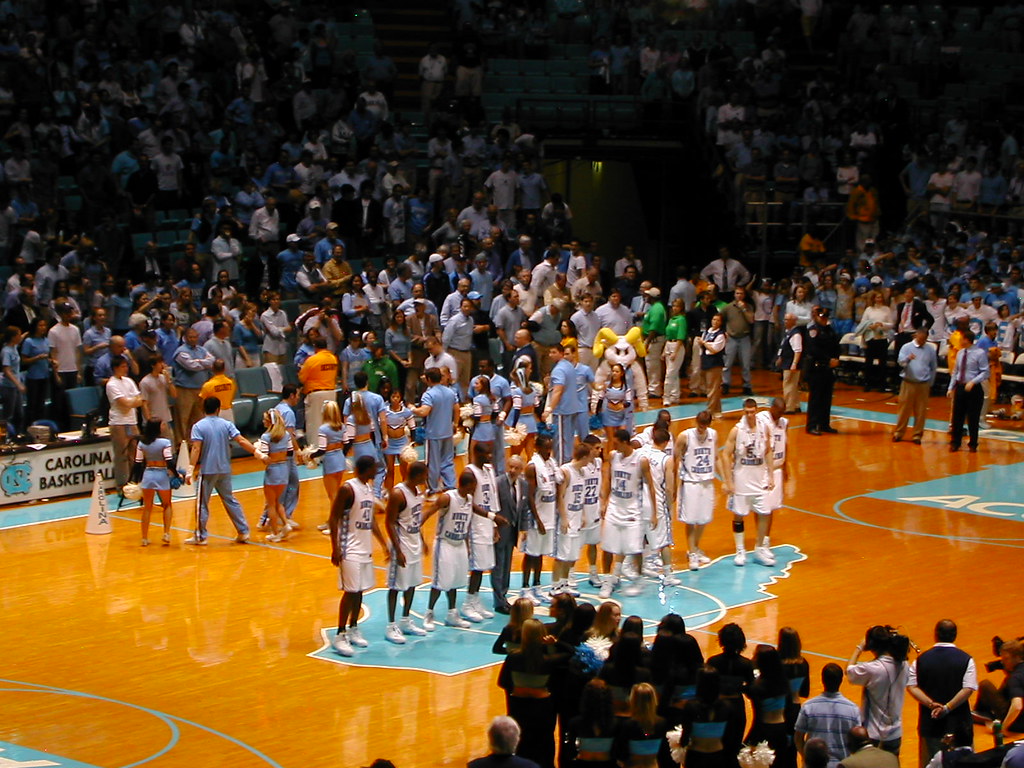
7. **Roy Williams (NFL – The Horse Collar Tackle)**:
In the high-octane world of NFL football, defenders are constantly battling blazing speed and athleticism, often resorting to desperate measures to bring down a ball-carrier. While physicality is a hallmark of the game, there are limits, especially when player safety is at stake. Dallas Cowboys safety Roy Williams found a controversial method of tackling that, while initially effective, pushed those boundaries too far and directly led to a fundamental shift in defensive play.
The “horse collar” tackle became synonymous with Williams in 2004. This dangerous maneuver involved grabbing an opponent by the back of the shoulder pads or jersey and yanking them down from behind. The force of such a tackle often propelled the ball-carrier forward, twisting their knees and ankles in unnatural and highly injurious ways. It was a potent weapon in Williams’ arsenal, allowing him to fell even the fastest players, but it came at a significant cost to player safety, as demonstrated when he famously brought down Terrell Owens with this technique.
At the time, there was no specific rule explicitly prohibiting the horse collar tackle. This meant that Williams, in those crucial moments, was technically “getting away with” a move that put opponents at severe risk, even if it was effective in stopping plays. The league, however, couldn’t ignore the mounting injury concerns and the clear threat this tactic posed to the careers and well-being of its athletes. The spirit of fair competition and player protection demanded intervention.
Responding swiftly to the dangers highlighted by Williams’ actions, the NFL implemented a new rule: the horse collar tackle would result in a 15-yard penalty. This landmark decision, often informally referred to as the “Roy Williams Rule,” fundamentally changed how defenders could pursue and tackle opponents. It underscored the league’s commitment to mitigating serious injuries, cementing Williams’ legacy not just as a hard-hitting safety, but as an inadvertent catalyst for a safer, albeit slightly altered, game.

8. **Pat Venditte (MLB – The Switch Pitcher’s Dilemma)**:
Baseball, a sport steeped in tradition, occasionally encounters phenomena so rare and unprecedented that they force a re-evaluation of its most basic assumptions. While switch-hitting batters have been a part of the game for generations, the emergence of a legitimate switch-pitcher presented Major League Baseball with a baffling tactical and rules dilemma that had no immediate answer. Pat Venditte, with his ambidextrous talent, threw the rulebook into delightful disarray.
Venditte was a true anomaly, capable of pitching effectively with either his right or left arm. His presence on the mound created a truly unique chess match: a switch-hitter, who typically waits to see which arm a pitcher will use before deciding their batting side, suddenly had no definitive cue. The question became: who declares first? If the batter picked a side, Venditte could simply switch arms, gaining an advantage. If Venditte picked first, the batter could then counter. This standoff had the potential to grind games to a halt, creating “craziness” that the sport had never before envisioned.
The existing rules, comprehensive as they were, simply did not account for a pitcher of Venditte’s singular skill set. There was no precedent for how a switch-pitcher should interact with a switch-hitter regarding the declaration of handedness. For a time, Venditte effectively exploited this void, his unique talent highlighting a significant oversight that, while not a malicious breach, fundamentally challenged the established flow and tactical dynamics of the game. The league had to act to prevent potential endless delays and tactical deadlocks.
To resolve this unprecedented situation, Major League Baseball implemented what became known as the “Pat Venditte Rule.” This regulation mandates that a switch-pitcher must declare which arm they will use before each at-bat. Once declared, the pitcher must then pitch to that batter using only that arm, allowing the switch-hitter to make an informed decision about which side of the plate to stand on. Venditte’s remarkable ability didn’t just earn him a place in the MLB; it etched his name into the official rulebook itself, ensuring that future ambidextrous talents would operate within clear, defined parameters.

9. **Shaquille O’Neal (NBA – The Backboard Breaker)**:
When Shaquille O’Neal burst onto the NBA scene, he was an unprecedented force of nature, blending immense size, raw power, and surprising athleticism. He didn’t just play the game; he often redefined its physical limits. One of the most visually spectacular, and disruptive, ways he demonstrated his dominance was by literally bringing down the house – or rather, the backboard – with his thunderous dunks, forcing the league to reinforce its infrastructure and its rules.
Shaq’s dunks were legendary, a primal expression of his unparalleled strength. He didn’t just score; he shattered. On several occasions, his sheer power in finishing a dunk resulted in the entire backboard and stanchion system collapsing. While thrilling for fans, these incidents caused lengthy delays as arena crews scrambled to replace the damaged equipment, interrupting the flow of critical games and creating an unforeseen logistical challenge for the league.
At first, there wasn’t a specific rule against *breaking* the equipment through sheer force. How could there be? It was an act of dominance so profound that rulemakers hadn’t anticipated the need for such a stipulation. Shaq “got away with” the act itself in the sense that the act of breaking the backboard wasn’t an immediate foul or technical. However, the costly repairs and substantial game interruptions quickly made it clear that while his power was awe-inspiring, its consequences were untenable for the smooth operation of professional basketball.
In response to the “Shaq effect,” the NBA implemented rules penalizing players with technical fouls for intentionally or unintentionally destroying backboards and rims. This wasn’t about stifling powerful dunks, but about ensuring the game could proceed without lengthy, disruptive stoppages. The league also invested in stronger, more robust backboard and stanchion systems across all arenas. Shaq’s colossal presence not only changed the game on the court but also the very engineering standards of its playing surface, forever linking his name to the league’s infrastructure evolution.

10. **Bobby Hull (NHL – The Banana Blade Revolution)**:
Ice hockey is a sport where equipment innovation can dramatically alter the dynamics of play, and in the 1950s and 60s, Chicago Blackhawks legend Bobby Hull ignited one such revolution. Known as “The Golden Jet” for his blistering speed and powerful shot, Hull’s quest for an even more lethal weapon led to an ingenious, yet controversial, modification of his hockey stick, one that directly inspired a significant rule change.
Hull began experimenting with curving the blade of his stick, creating what became famously known as “banana blades.” This seemingly simple modification had profound implications. A curved blade allowed Hull to generate unprecedented velocity and, more importantly, to manipulate the puck in ways previously unimaginable, imparting spin and trajectory that baffled opposing goaltenders. His shots became harder to read, harder to stop, and contributed significantly to his prolific scoring record.
The competitive advantage offered by these banana blades was undeniable. Hull and other players who adopted the curved stick suddenly possessed a tool that could fundamentally alter the flow of the game, creating an unfair advantage that pushed the boundaries of traditional stick design. While not initially illegal, the drastic curve raised questions about the spirit of fair play and the integrity of equipment standardization. The NHL recognized that unregulated stick modifications could lead to an arms race of equipment, undermining the balance of skill.
Consequently, the National Hockey League stepped in to curb this burgeoning trend. The league implemented new regulations that restricted the degree to which a stick’s blade could be curved. This rule, a direct response to the innovative, yet potentially destabilizing, impact of the banana blades popularized by Hull, ensured that stick technology remained within reasonable limits, maintaining an emphasis on player skill over equipment advantage. Hull’s iconic shots didn’t just light up the scoreboard; they curved the rulebook.
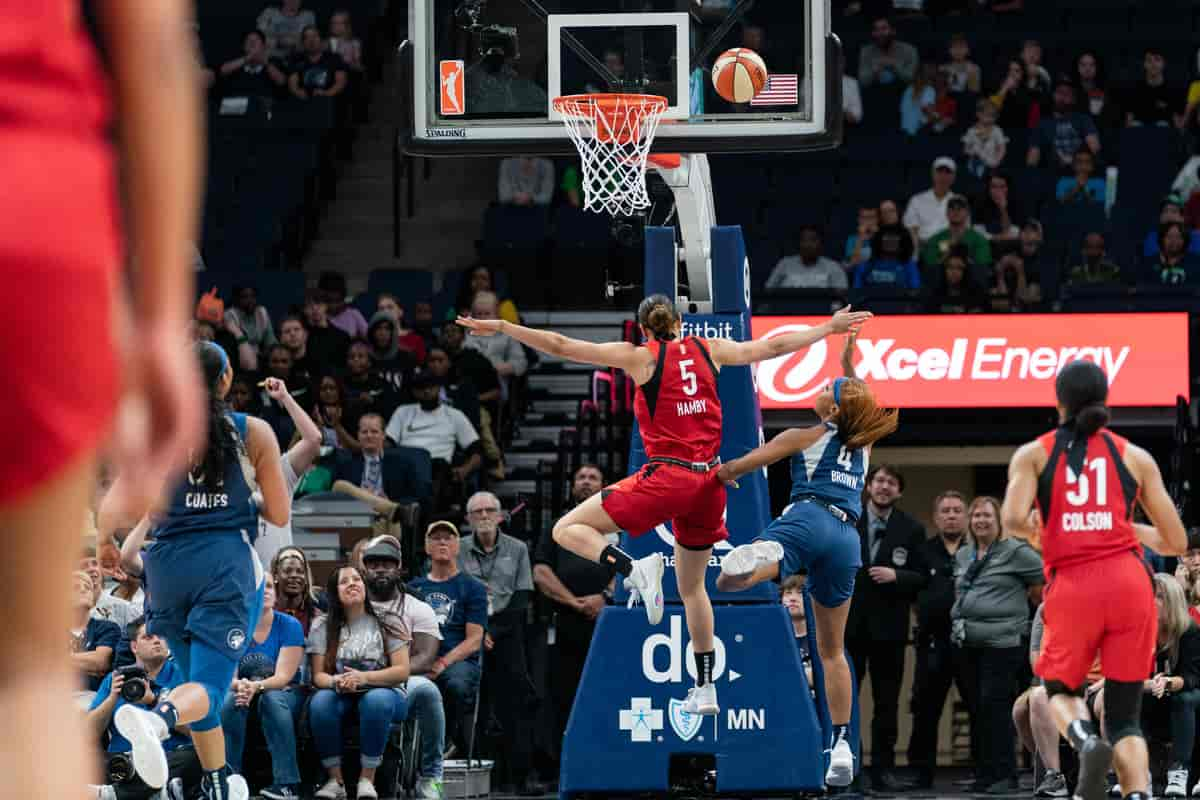
11. **Wilt Chamberlain (NBA – The Free Throw Dunk)**:
Wilt Chamberlain was an athletic marvel, a player whose dominance transcended eras and statistics. His sheer size, strength, and agility often allowed him to push the boundaries of what was thought possible on a basketball court. While he famously struggled with free throws, his audacious solution to this weakness briefly exploited a loophole that forced the NBA to clarify one of its most fundamental rules: how a free throw must be shot.
Despite his overwhelming offensive prowess, Wilt was a notoriously poor free-throw shooter, often hovering around 50 percent for his career. In a moment of desperation or ingenious experimentation, he briefly adopted a tactic of jumping from the free-throw line and dunking the ball. This move, leveraging his incredible vertical leap and proximity to the basket, turned a typically skill-based shot into a power play. It was a bizarre spectacle that worked for a player of his unique abilities.
At the time, the rulebook simply stated that a player must shoot a free throw from behind the line. It didn’t explicitly forbid jumping from the line or, more specifically, dunking it. For a brief period, Wilt effectively “got away with” this unconventional method, capitalizing on a technicality that hadn’t foreseen a player possessing both the height and the audacity to attempt such a maneuver. The spirit of the rule was about a shot from a set position, not an aerial assault on the rim.
Recognizing the potential for this stunt to become a strategic (and perhaps farcical) trend, the NBA swiftly clarified its rules. The league mandated that free throws must be shot in a traditional manner, specifically prohibiting players from jumping over the line or dunking the ball. This “Wilt Chamberlain Rule” ensured that the free throw remained a test of shooting touch, not a display of raw athleticism that could be exploited by an exceptionally dominant individual.

12. **Kareem Abdul-Jabbar (NCAA – The Dunk Ban)**:
Before he became the NBA’s all-time leading scorer and an iconic figure, Lew Alcindor (later Kareem Abdul-Jabbar) was an unstoppable force in college basketball for the UCLA Bruins. Standing at 7-foot-2 with unparalleled grace and skill, Alcindor dominated the paint with a move that was both devastatingly effective and, for a time, deemed too powerful by the sport’s governing body: the slam dunk.
Alcindor’s dominance was truly unprecedented. He led UCLA to three consecutive national championships, often using his height and the thunderous slam dunk to score almost at will. His ability to effortlessly score over smaller defenders with this powerful move raised concerns among NCAA officials about competitive balance. Many felt that the dunk, particularly when executed by a player of Alcindor’s stature, made the game too easy and reduced the skill required in offensive play, stripping away the artistry of traditional post moves.
In a highly controversial move, the NCAA, ostensibly to “level the playing field,” banned the dunk shot in 1967. This was a direct response to Alcindor’s overwhelming supremacy, an attempt to curb his impact by eliminating his signature, most effective weapon. It was a moment where an athlete’s sheer brilliance and dominance were so pronounced that the rulemakers felt compelled to alter the very fabric of the game to counteract it, essentially forcing Alcindor to adapt his game without having explicitly “broken” any prior rules.
Despite the “Alcindor Rule” and the 10-year ban on dunking, UCLA’s dominance continued, proving that Alcindor’s skill extended far beyond a single move. The ban was eventually lifted in 1976, marking a return to a more expressive and dynamic style of play. While it failed to diminish Alcindor’s impact, the controversial dunk ban remains a powerful testament to how one athlete’s extraordinary talent can shake the foundations of a sport and force its authorities to reconsider its most basic principles.
These remarkable athletes, through their creativity, their physical prowess, or their sheer unwillingness to conform to unspoken limitations, each left an indelible mark on the sporting landscape. Their actions, whether met with immediate awe or outrage, eventually transcended the fleeting moments of competition, compelling governing bodies to close loopholes, enhance safety, or simply codify practices that were once beyond the realm of imagination. Their stories are a testament to the dynamic evolution of sports, where every rule is a response to the boundless ingenuity of those who play the game.



